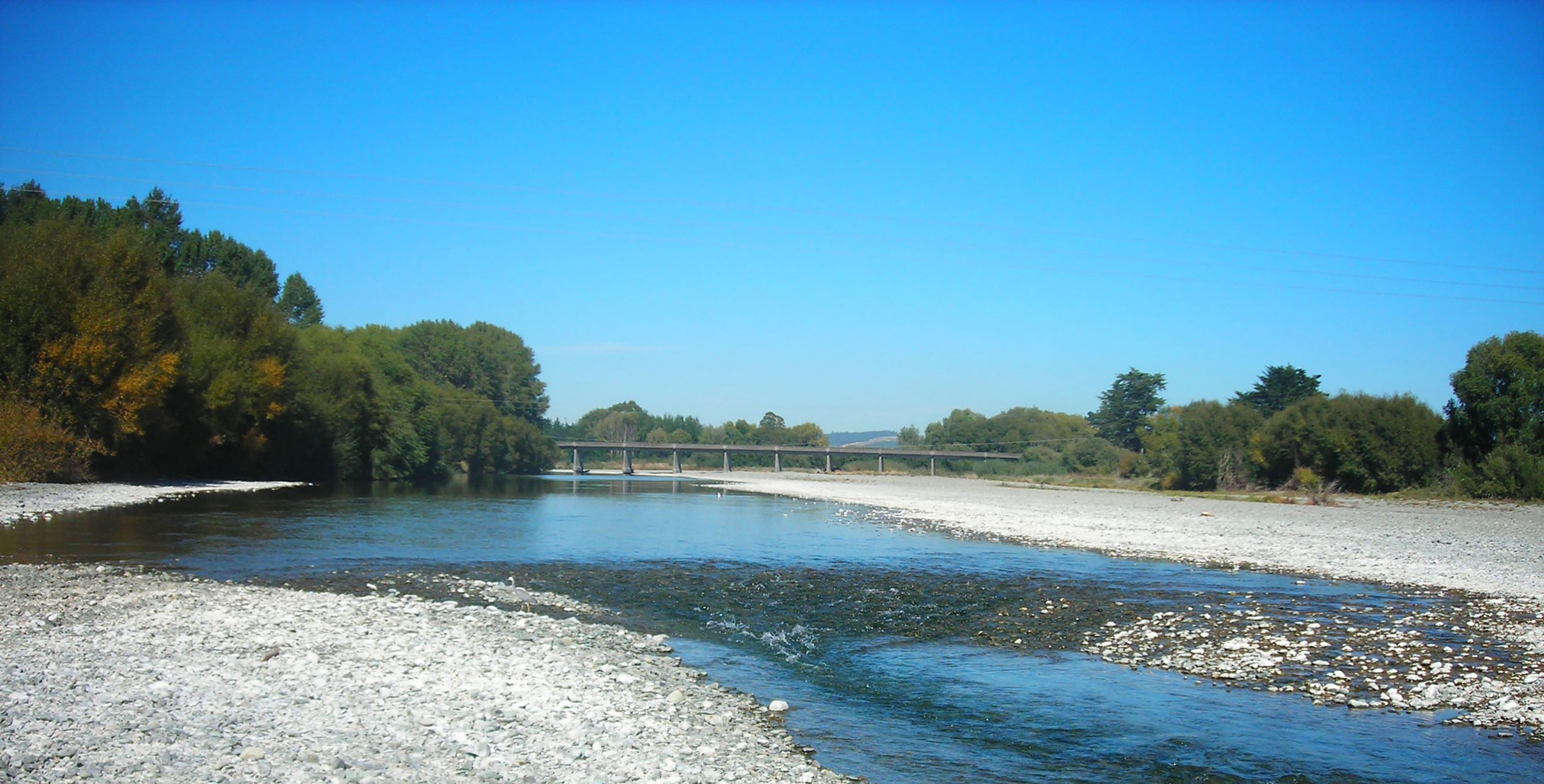

Building water security for our region’s future
River health

How the Dam will help the river
The Waimea Community Dam will release water into the Waimea River in times of low flow to supplement the natural river flow. With the Dam, the minimum flow in the river will not drop below 1,100 litres per second. That minimum flow will result in a healthy river, ensure a healthy ecosystem, and maintain the natural, cultural and recreation values of the waterway.
River flow
The Waimea River flows from where the Wairoa meets the Wai-iti near Brightwater, into Tasman Bay near Appleby. The river feeds the area’s aquifers and groundwater, providing water to homes and businesses.
The aquifers are the Nelson Tasman region’s natural, low-cost water storage system. Normal river flows keep these natural storage systems charged and full, which secures a supply of water for urban and rural needs at the same time that it maintains a healthy river ecology.
A healthy river is critical for the sake of the environment, to protect the community’s drinking water supplies, and so it can be enjoyed safely for fishing, swimming and other recreation.
This video from the Cawthron Institute is a good snapshot of how river flows work.
Saltwater intrusion
In the 2001 drought, saltwater intrusion occurred in the lower reaches of the Waimea River and was threatening to migrate further inland. In March Tasman District Council opened talks to consider options to protect the dry riverbed. Because the river had no flows, no river water was flushing the saltwater out and it was instead accumulating on the estuary. The Council discussed building a bund across the river and drilling monitoring bores to better monitor how the saltwater contamination was migrating inland, including to the urban supply bores. Ultimately, three urban supply wells were shut down over this period and two were decommissioned at the end of the drought.
Saltwater intrusion is a threat to coastal communities. Once saltwater has entered an underground freshwater system (aquifer) and contaminates it, it can cost much more to treat it for consumption or simply render the supply unusable. For people along the Waimea Plains who rely on bores for their water supply, saltwater intrusion is a real issue.
A drought isn’t the only way saltwater intrusion can occur. When freshwater is withdrawn at a faster rate than it can be replenished, a draw-down of the water table occurs. This can also cause saltwater to enter coastal areas where the water level is similar to that of the groundwater supply.
Vegetation is highly susceptible to saltwater intrusion because these plants are often unable to cope with high salt concentrations. If saltwater enters the low-lying land areas, it’s likely most of the native plant life could be destroyed. In some cases, plant root systems holding the soil together could even see rapid erosion following loss of plant life. Irrigating with salt-contaminated water also poses a significant threat to crops. Saltwater can also cause damage to the soil structure and affect the overlying soil quality.
Meeting national freshwater requirements
The Government’s National Policy Statement for Freshwater Management sets out requirements for maintaining freshwater quality that the Council is required to meet. Based on a recommendation by water ecologists at Cawthron Institute, a minimum flow of 1,100 litres per second is the best, lowest flow possible that would still maintain the river’s health and the health of the ecosystem.
Freshwater Investment Fund $7 million grant will boost biodiversity
The Waimea Community Dam project received a $7 million grant from the Government’s Freshwater Improvement Fund. The grant recognises the Dam will improve the health of the Waimea River and biodiversity in the surrounding area. The work funded will provide a significant investment for native biodiversity and indigenous ecosystems on both public and privately-owned land.
In addition to the Dam creating a new minimum flow in the Waimea River, some of the other biodiversity / environmental benefits of the project are:
- The salvage, propagation and establishment of at least three new populations of the nationally rare plant New Zealand shovel mint. New Zealand Shovel Mint, Scutellaria novae-zelandiae and also known as NZ Skull Cap, is only found in the Nelson-Tasman and Marlborough regions. It is a threatened species and nationally critical. The soft woody herb grows up to 30cm tall and has creeping stems, small dark green oval leaves, and hairy white flowers appearing August to March.
- Waimea River Park will have extensive native plantings along its berms to re-create rare lowland alluvial native forest as part of the dam biodiversity programme. The Park covers about 394 hectares of land alongside the Waimea River. In the past the area has been managed by the Council primarily for river control and soil conservation. However, Council is in the early stages of a significant development plan for the area to enhance conservation values, preserve historic sites, and provide for greater public access and recreation.
- A pest management area in the upper Wairoa Gorge in partnership with DOC to conserve and enhance populations of a rare land snail (Wainuia nasuta). Wainuia nasuta is a carnivorous land snail and a threatened species. Its shell grows up to 31mm in diameter and it is found in the northeast part of the South Island.
- Restoration of a nationally-rare freshwater coastal wetland on Rough Island, including improving protection to rare or uncommon plant species.
- Investment in weed control in the upper Wairoa Gorge Conservation area, particularly to curb Old Man’s Beard and allow native forest to regenerate.
- Three other rare plant species will be transplanted into new sites in the Wairoa Gorge conservation area, ensuring the species persist in the Lee River catchment near the dam and reservoir site.
Website by Publik Agency
